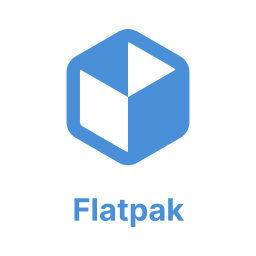DreamWorks first released its rendering platform as open-source under the name OpenMoonRay in March, 2023. Earlier this week the software received its first upgrade.

These days, unless you know otherwise, you might as well start out by assuming that software is open-source. Even though you need to be absolutely certain before putting it into production or distributing it, in the 2020s software is as likely as not to be open-source as it is to be proprietary. Perhaps more likely than not.
For example, did you know that MoonRay the renderer that DreamWorks has had in production (and under constant development) since 2019’s How to Train Your Dragon: The Hidden World and Abominable, has been freely available as OpenMoonRay under the Apache 2 license for nearly a year now? Being a renderer means that MoonRay is the platform the animation studio uses to create all of the images that end up on the screen in an animated film — be they photorealistic or something much more stylized, such as what you might see in anime.
Unlike some companies that merely tack an open-source license onto their software and set it free to sink or swim, DreamWorks also did some advance preliminary work to assure that the software would be useful after the license change. The company first announced that it would be releasing the software under an open source license in August 2022 at that year’s SIGGRAPH conference, an annual event for computer graphics folks, which was about seven months before it actually made the software available under an open-source license.
During the period between the announcement and the release, the company was busy readying the software for its open-source debut. They worked on the code, improved documentation to make sure that new users from outside DreamWorks would be able to install and use the software, and worked with prerelease partners to make sure that users (other than the DreamWorks folks who built the software) could use it.
“Since announcing the intended release in August of 2022, the MoonRay team has worked with a small set of beta testers to adapt the code base so that it can be built and run outside of DreamWorks’ pipeline environment,” John McStravick, a production technology specialist at Dreamworks wrote in a blog at the time of the open-source release. “Conversion of the build system to an industry standard CMake environment was completed, a new documentation website was built, libraries restructured, dependencies reduced, and referenced open source packages were brought up to current release versions, in addition to the enhancements and features delivered for DreamWorks’ productions along the way.”
In other words, they did the work necessary to make sure that IT folks everywhere, not just at DreamWorks, would be able to understand how to use the software rather than leaving them scratching their heads and asking, “What the heck are we supposed to do with that.”
“We’re delighted to demonstrate DreamWorks’ continued commitment to open source with the contribution of MoonRay,” Bill Ballew, DreamWorks Chief Technology Officer said in a statement. “Our involvement with the community has made us stronger and we look forward to that continued collaboration.”
OpenMoonRay Reaches a Milestone
Ballew’s promise of “continued collaboration” became evident on Tuesday with the announcement of the release of OpenMoonRay 1.5, which among other things adds plenty of new hardware support. This includes support for Nvidia OptiX 7.6, Intel Embree 4.2 ray-tracing kernels, and for the VFX Reference Platform 2023.
This latest and greatest version also adds seven new features, brings eight or more bug fixes into play, as well as numerous other changes. A complete list of changes can be found on GitHub.
Since the platform was released as open-source, DreamWorks has used it to produce at least two new feature films, Ruby Gillman, Teenage Kraken and Trolls Band Together.
Christine Hall has been a journalist since 1971. In 2001, she began writing a weekly consumer computer column and started covering Linux and FOSS in 2002 after making the switch to GNU/Linux. Follow her on Twitter: @BrideOfLinux








There is also an interview:
https://destinationlinux.org/episode-352/